It has been almost five years since New South Wales was devastated by the Black Summer bushfires. Many communities across the State, including the Blue Mountains electorate, which I represent, faced months of intense fires and then a prolonged period of recovery. For some, that journey continues today. I remember waking up day after day to a sky filled with smoke and ash, charred leaves falling from above carried on the wind from the fires that were burning to the north, south and west. The heat never seemed to subside even as the days gave way to night. Sirens wailed constantly, with all of us living on high alert.
It was unrelenting, sobering and a stark reminder of the vulnerability of our species when faced with a force of nature that evokes in us a profound sense of fear, trepidation and helplessness. And I am only touching the surface of the human experience. It is difficult to sum up the trauma that so often accompanies catastrophic events like bushfires or floods and how lives are ever changed in those moments and beyond. There is a silver lining, though, and I mention that not to trivialise or attempt to downplay the scars left behind but rather because sometimes, after such crises, we see the best version of humanity rise to the fore as we support one another through the healing process.
When I reflect on that blackest of summers, I also think about the wildlife that suffered. An estimated three billion animals perished. What does recovery look like for those creatures? For the ones that survived, how do they cope when, in some cases, their entire habitat has been destroyed? Displacement is not unique to human beings. When we lose lives or homes, we justifiably acknowledge the enormity of that, how it unsettles us, how it defines our experience in this life moving forward and how we grieve. But do we truly give that same acknowledgement to other species when they suffer? Something remarkable happened as the news of the Black Summer fires spread across the world. People reached into their pockets and gave generously for our wildlife. Stories of habitat destruction and loss reached the farthermost corners of the globe, and collectively our hearts broke as we saw footage of terrified, weary animals seeking refuge. From that great tragedy came a renewed glimpse of a global community and a recognition that, ultimately, we are all in it together.
I cannot talk about the impacts of bushfires on our wildlife without referencing the specific impacts on biodiversity. In simple terms, biodiversity is the variety of all living things. It is essential for the processes that support all life on this planet, not just humans. Bushfires are a double‑edged sword. On the one hand, they assist in vegetation regeneration, with many plants and animals having evolved to survive fire, developing a specialised relationship with it; but on the other hand, the fires we see today that have increased in frequency and ferocity are disrupting the balance that nature intended. Human activity is a major, if not the major, contributor to that increase.
There are the impacts of our existence on accelerating climate‑change‑induced fire events. But additionally, bushfire arson plays a major role. The Australian Institute of Criminology's analysis of vegetation fires attended by our fire agencies—whilst, thus far, sparse and focused on isolated areas or the collection of specific data—is shaping up to be incredibly damning, showing that over 90 per cent of vegetation fires are the result of the action of people, and half of those fires are deliberately lit. I highlight that to emphasise that the scale of the impacts of human‑induced fire events on our wildlife and their habitats is not in alignment with nature's cycles or the natural law of things. We all need to take some responsibility for that.
I want to finish on a positive note, as a reminder that there is hope, so this is a good moment to segue into talking about a place that is doing wonderful things for our wildlife. The Hills Wildlife Sanctuary, tucked away in Dural, is a haven for recovering native species. I visited there recently and met with Ben Dessen, the director and sanctuary manager. Ben showed me around the place, speaking ardently and compassionately about the animals in the sanctuary's care, the vision for the future of the facility, and wildlife rescue and rehabilitation more broadly across the State. I met three gentle kookaburras named Kooky, Casper and Reggie; Marlin and Beau, two affectionate and welcoming black cockatoos; Moo, Emmet and Larry, some very inquisitive emus; and Oliver and Olivia, the olive pythons who were content to sleepily observe me from their respective enclosures. I will have the great privilege of travelling around the State in the next 12 months in my capacity as Parliamentary Secretary for the Environment and engaging with those working in the wildlife rescue and rehabilitation space to learn more.


